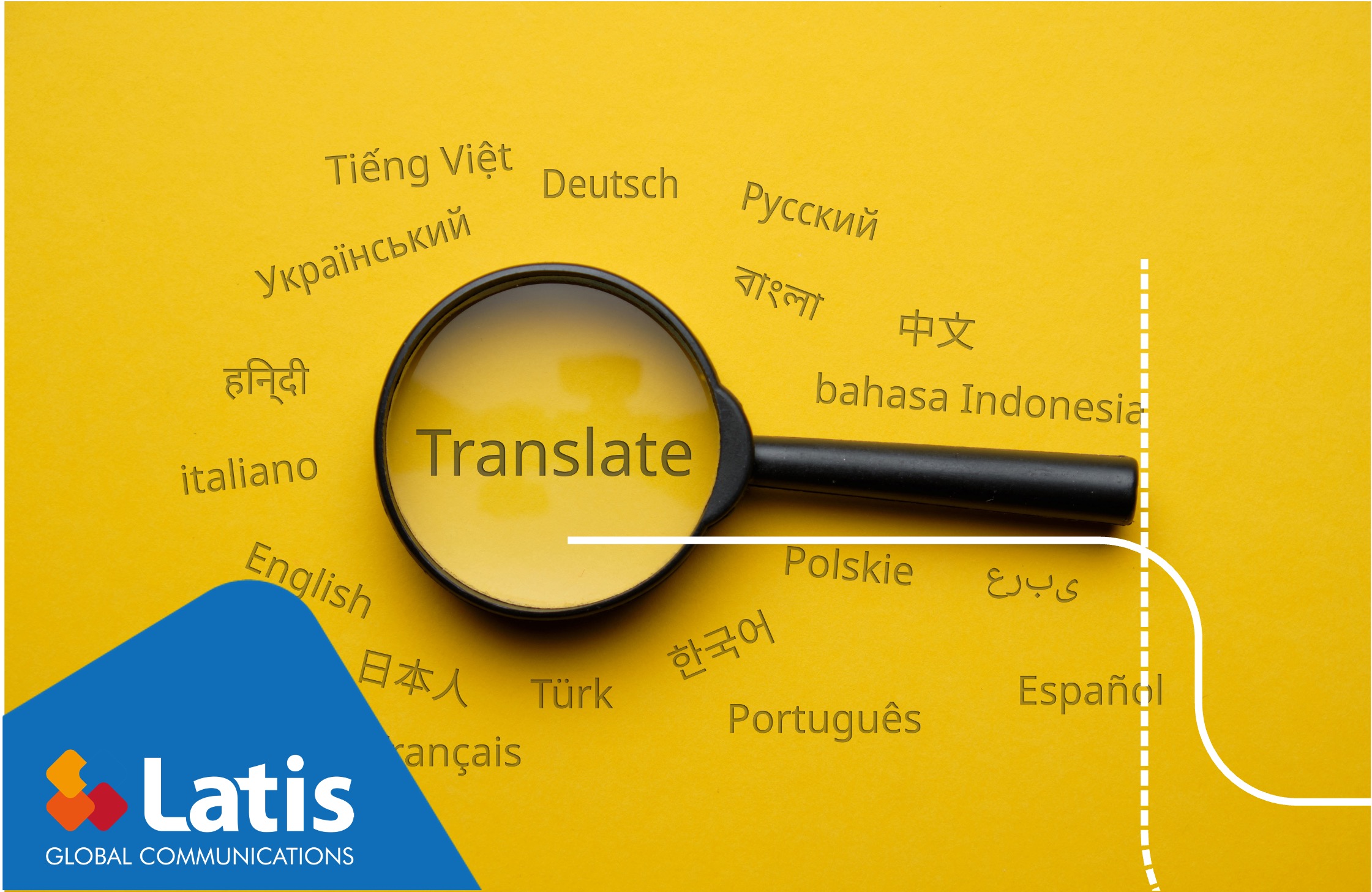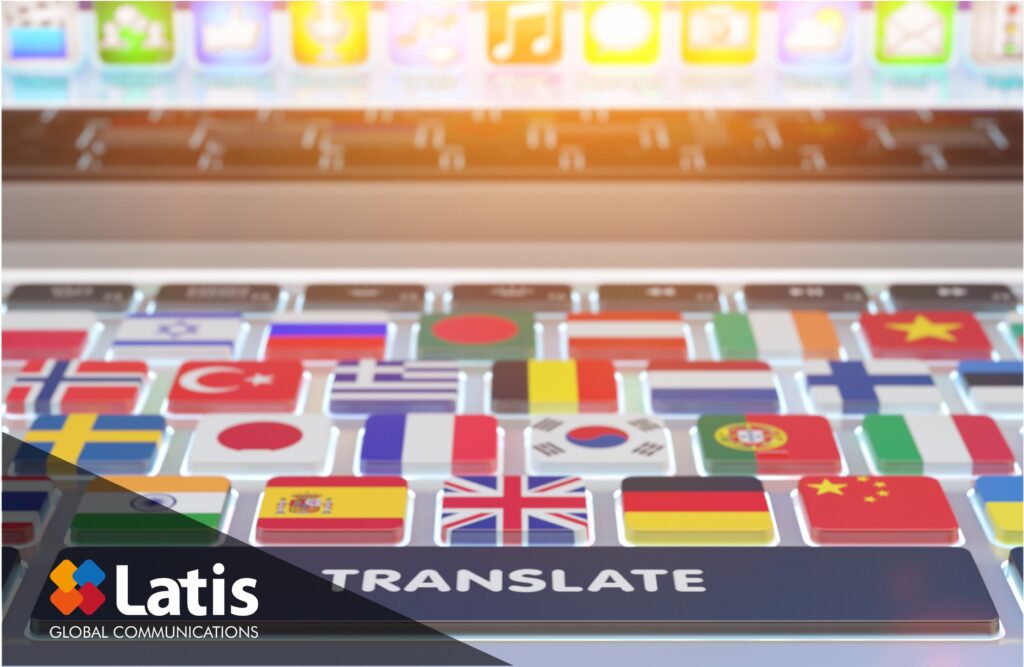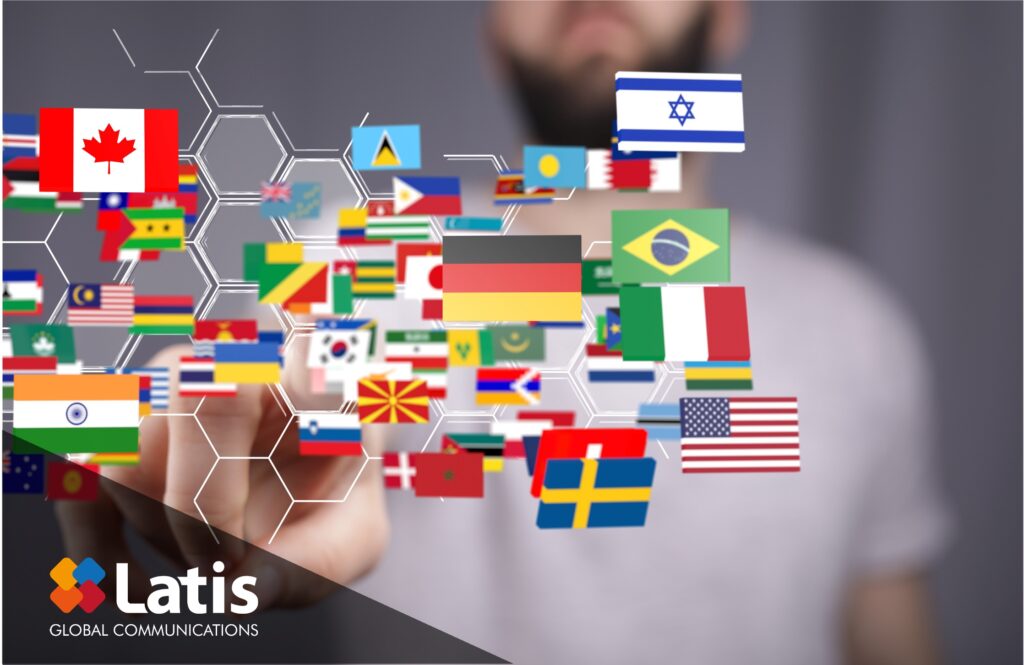
Game localization is an important step to take into consideration when planning to launch a game in multiple markets overseas. Understanding the target country’s culture, and reflecting it in the game through game localization, is a surefire way to win the hearts of any gamer.

With the gaming market becoming increasingly competitive, gamers have a lot more to choose from. No matter how good the game quality may be, without game localization, gamers in that market will no longer be actively seeking out such games to play. Only when a game can provide quality in both substance and localization, will you draw their attention.
As game localization experts, we at Latis Global have the means to provide the necessary know-how to seize any opportunities available in these new markets.
1. Appreciating the Differences in Cultures When Dealing with Overseas Markets
Game localization should reference the culture of the target country. This attention to detail must be applied to such areas as greetings, currencies, date and time format, and colloquial speech, just to name a few.
Historical and cultural symbols are no exception. Case in point: a game based on Nordic mythology may be popular in the US and Europe, but without the appropriate localization, the Asian markets may not fully grasp some of the deeper nuances in such a game.

Dragons are another example. To gamers in Western countries, they are considered dangerous, but to Chinese gamers, they are a mythical element that signifies wealth and good fortune. Differences such as these might create the necessity to adjust for certain themes, storylines, and characters when cultural issues would make them unclear. In another instance, a character’s name could be an issue, where a name may be acceptable in one culture, but not so in another. These are just a few of the reasons why thorough research and consultation with localization experts is advised.
To design a more immersive experience for the gamers, providing game localization for the voice-over narration and audio is a good start. Since there are distinct accents and colloquialisms in each language, having actors and actresses from the target country do the voice-over would be advantageous.
2. Understanding What Makes a Language Unique
Formatting issues should be cleared at the initial stages of game localization. To wit, English or Chinese are concise languages. Compared to English, however, when localizing the game for the Korean, Japanese, French, German, or Spanish markets, there is an increase of up to 30% in the amount of space these languages take up. Depending on the language, more space might be needed for dialogue, time format, signs, and characters. The direction with which the language is read, i.e., from right-to-left rather than from left-to-right, is something to be mindful as well.

Each language’s distinctive characteristics could greatly impact the game’s interface. A flexible UI design is recommended to avoid potential issues which may arise during the game localization process.
3. The State of Gameplay for Global Gamers
With the explosion in the variety of gaming devices today, ranging from Tablet PCs, various smartphones, laptops, PCs, gaming consoles, etc., gamers expect a smooth transition of their gameplay onto whatever device they switch to.

Confirming device compatibility conceivably falls within the purview of game localization. User preferences differ by country, as PC games are favored in some, whereas console games are the preferred choice in others. The minimum requirement needed for a game to successfully operate can be set by extensively testing the prototypes at the early stages of game localization. If the game’s intended use is only for one specific type of device, the issue of device compatibility may not be as relevant, but with the latest games supporting cross-platform play, it should be something to consider.
4. Local Regulations and Laws
The outright ban of your game should be considered the biggest risk and an argument for the necessity of game localization! Regulations and laws dealing with video game content differ in every country. Age classification restrictions also vary. What is approved for ages 12+ in one country could be approved for ages 18+ in another, in which case modification of the content becomes prudent.

Interestingly, Japanese video gaming ratings are dependent on whether the launching platform is intended for the PC or for video game consoles. When it comes to violence and nudity, more restrictions are placed if the video content is for the PC. In a wider scale, symbolic imagery is another area where a closer look is essential. Much like any imagery related to Nazism is prohibited in Germany and many Western countries, any design resembling the Rising Sun Flag of Imperial Japan would be an issue in Korea and China.
5. The Worldview in Gaming
If a translation of a video game is based only on the script itself, there is a chance the result will sound awkward. To avoid this possibility, providing the translators with background information on the game assures an optimal level of quality.

The required information requested includes, but is not limited to, the description of the game world, time period, back story, main protagonist(s), intercharacter relationships, character movements/responses, game goals, and what is needed to complete the quest.
A detailed roadmap of the game, provided in advance, allows for a better translation that stays faithful to the source. Producing more information from a visual storyboard, a written summary, or intro trailers is highly recommended.
6. Partnering with Game Localization Experts
Successful game localization is not a one-time job. Video games require constant updates. As such, most video game companies request localization work from professional video game localization service providers to assist in improving the quality of the game.

Without the comprehensive management from game localization, when an expansion or update of a game is released, there can be differences, or inconsistencies, in the translation. The lack of appropriate game localization management could potentially cause gamers to lose confidence in said game.
After Game Localization is Completed
To ensure the localized game runs smoothly, a mandatory test run of the game is recommended. A thorough vetting process is a necessary step so no misinterpreted texts, untranslated texts, fault interface elements exist throughout the game. No matter how trivial an issue may seem, the potential diminishment of a gamer’s enjoyment of that game could result in a bad review. As of late, the gaming market has become progressively competitive. A superior level in the quality of game localization ensures a successful rollout in this high-stakes market. Partner with Latis Global today and make this success a reality!

